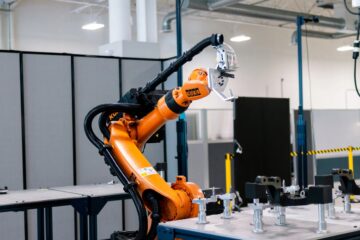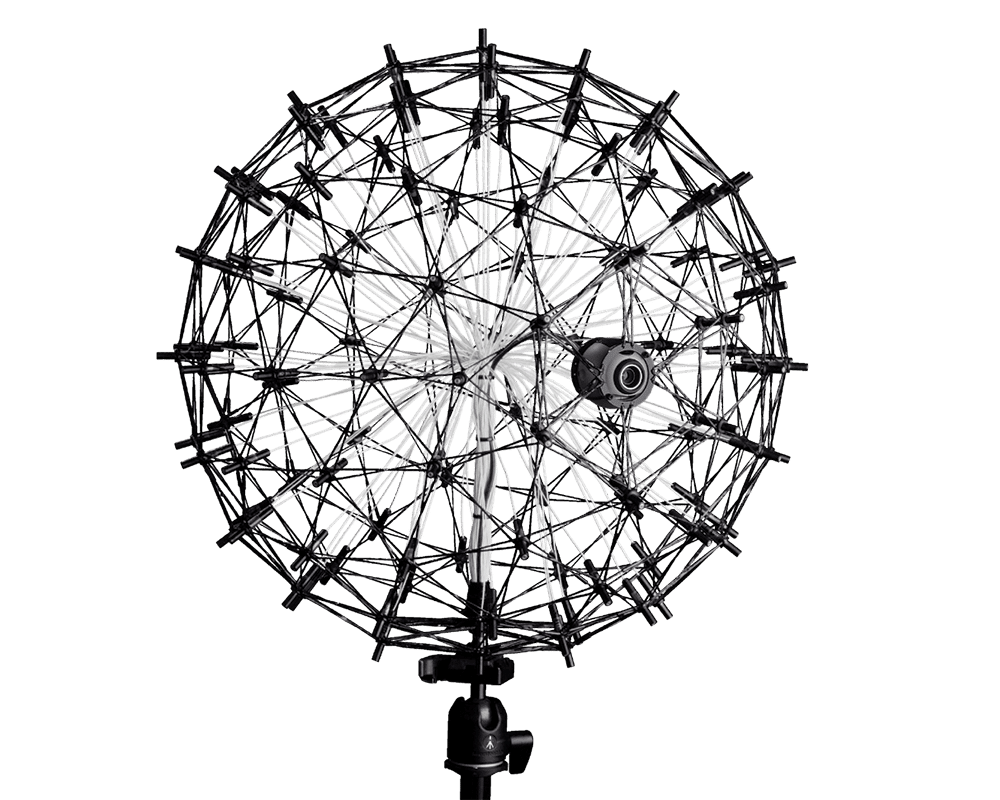
Sound measurement plays a vital role in research, engineering, and environmental monitoring. Whether it’s for testing machinery, monitoring workplace noise levels, or conducting acoustic research, accuracy is essential. This is where a specialised device known as the measurement microphone comes into play.
Unlike ordinary microphones used for recording music or speech, measurement microphones are engineered to provide reliable, standardised readings of sound levels. They are designed with precision and durability in mind, making them indispensable in industries where sound data accuracy directly impacts safety, compliance, and innovation.
What is a Measurement Microphone?
A measurement microphone is a highly sensitive instrument designed to capture and quantify sound with exceptional accuracy. It is typically used in conjunction with sound level meters, data acquisition systems, or analysers to measure noise levels and acoustic properties.
These microphones are calibrated to ensure their readings conform to international standards, such as IEC and ANSI, ensuring consistency and reliability in measurements across different settings and applications.
Key Characteristics of Measurement Microphones
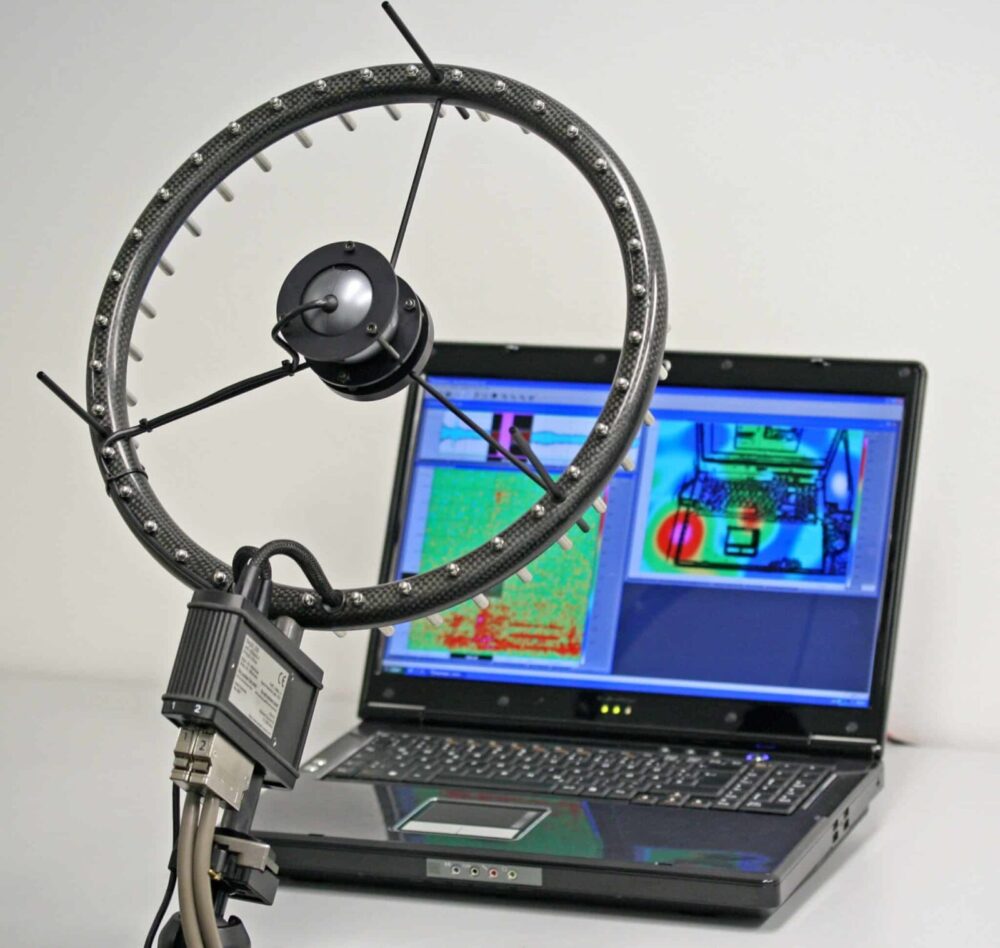
Flat Frequency Response
Unlike recording microphones, which may be tailored to enhance certain sound frequencies, measurement microphones are designed to have a flat frequency response. This means they capture sound exactly as it is, without distortion or emphasis.
High Sensitivity and Low Noise
They can detect even the faintest of sounds, while minimising interference from self-noise. This ensures that the data collected is clear and accurate.
Robust Design
Since they are often used in challenging environments, measurement microphones are engineered for durability and long-term stability.
Applications of Measurement Microphones
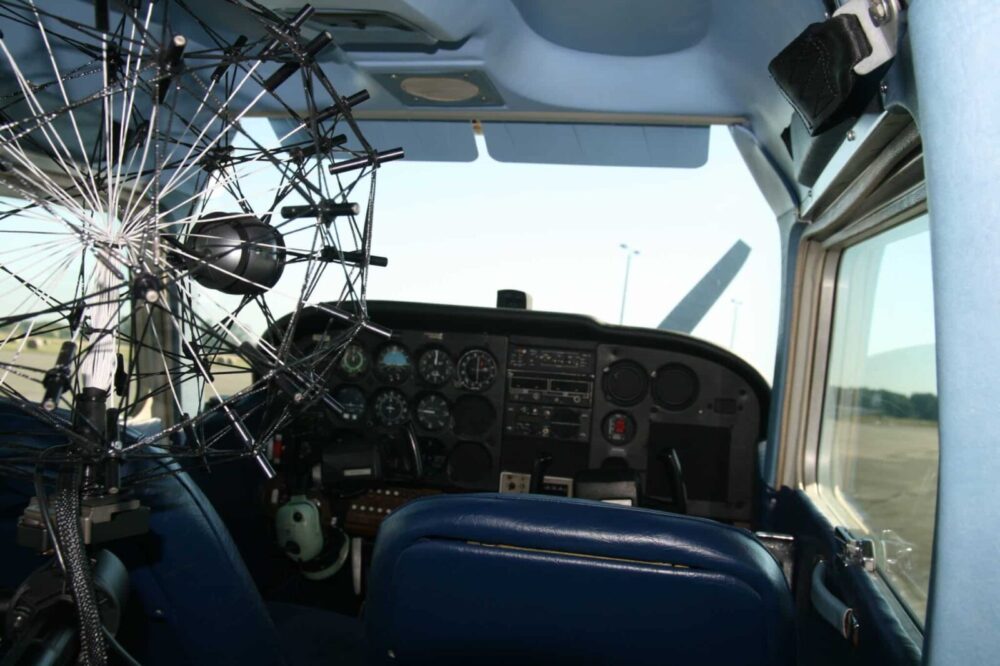
Industrial Noise Monitoring
In factories and construction sites, noise levels must be controlled to protect workers’ hearing and meet legal requirements. Measurement microphones are crucial for accurately recording these levels.
Environmental Assessments
Noise pollution from traffic, airports, and urban development is increasingly monitored by environmental agencies. These microphones provide the reliable data needed for regulations and community reporting.
Research and Development
In laboratories, measurement microphones are used in acoustic studies, product testing, and materials research. From loudspeaker design to building acoustics, they help scientists and engineers achieve precise results.
Compliance and Safety Testing
Many industries, such as automotive and aerospace, are subject to strict noise regulations. Measurement microphones ensure that products meet these standards before reaching the market.
Benefits of Using Measurement Microphones
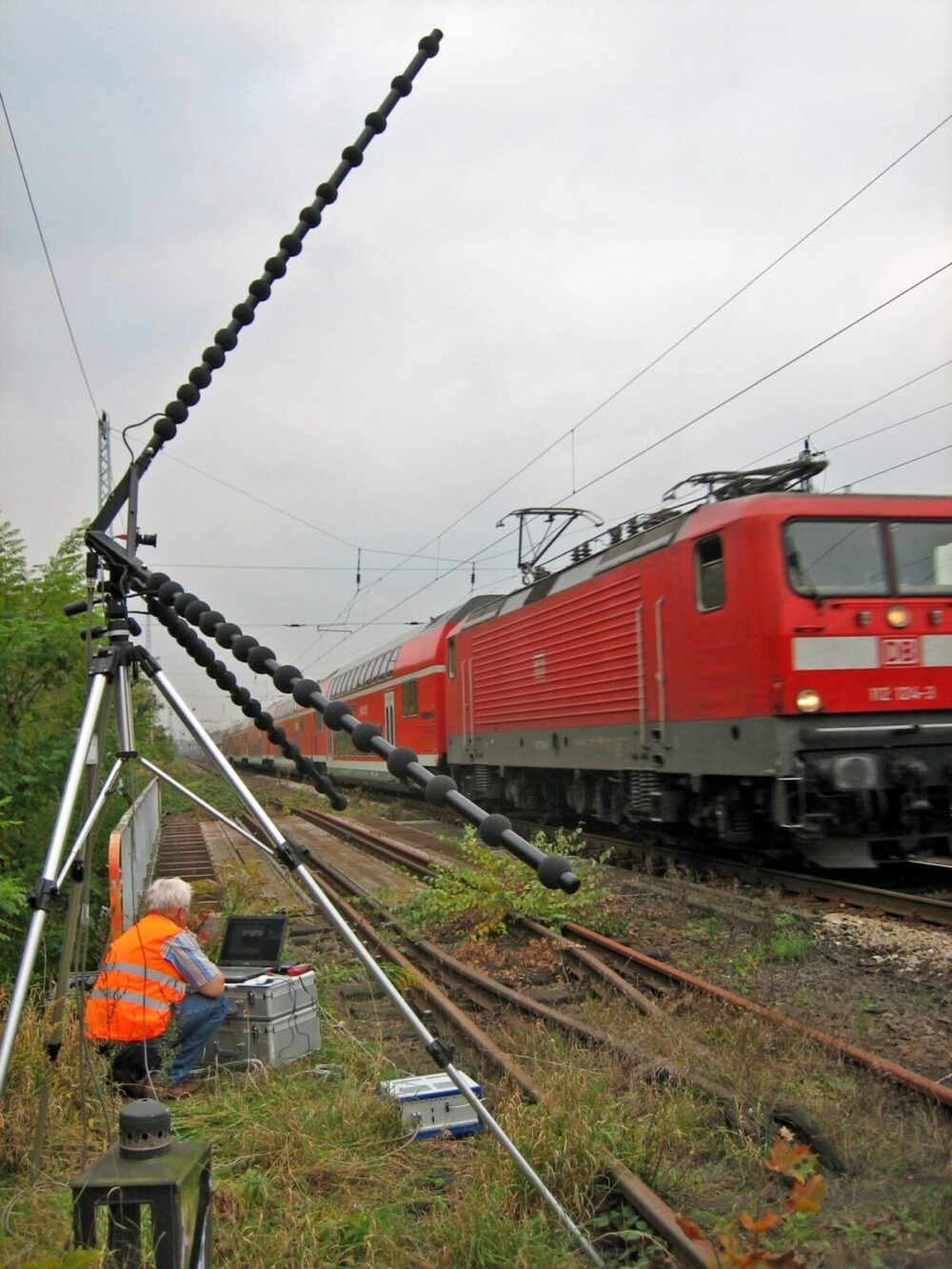
Consistency in Results
Because they adhere to strict calibration standards, measurement microphones ensure results can be replicated and compared across different tests and locations.
Accuracy Under Varying Conditions
They are designed to perform in a wide range of environments, from quiet research labs to noisy industrial sites, without compromising accuracy.
Trusted by Professionals
These microphones are recognised globally as the benchmark for professional sound measurement, providing confidence in the data they produce.
Challenges and Considerations
While measurement microphones provide unmatched precision, they can be costly compared to standard microphones. Regular calibration is also necessary to maintain accuracy, adding to long-term upkeep. Additionally, operators need training to use them effectively, as misplacement or misuse can affect results.
Despite these considerations, the benefits far outweigh the challenges for professionals who rely on accurate acoustic data.
Future Developments in Measurement Microphones
As technology advances, measurement microphones are becoming even more sophisticated. Integration with digital systems, wireless connectivity, and improved miniaturisation are making them more versatile and easier to use. With growing attention on noise pollution, sustainability, and compliance, the demand for reliable acoustic measurement tools is expected to increase.
Conclusion
Measurement microphones are essential tools in the precise analysis of sound. Their ability to deliver accurate, repeatable results makes them indispensable across industries, from environmental monitoring to product testing and workplace safety. With continued innovation, they will remain central to meeting both regulatory demands and research challenges.
For organisations looking to enhance their acoustic analysis capabilities, investing in a high-quality measurement microphone is a step towards ensuring accurate, compliant, and reliable sound data.


